LEDs finally able to create light of the quality designers expect says Arik Levy
LEDs are the light of the future now that the technology is finally advanced enough for it to be interesting to designers, according to industrial designer Arik Levy (+ slideshow).
"I've refused a lot of LED lighting and I still do," Levy told Dezeen during Clerkenwell Design Week. "It's only starting to be the right light quality that we want."
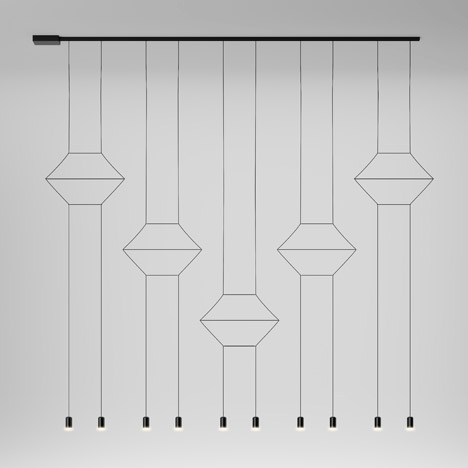
Levy has used LEDs for his Wireflow lighting range for Vibia, which was presented at the event last month following the launch of the designs in Milan last year.
"I first wanted to work on the light quality," he said of the collection. "The light source is a three-watt LED which is designed with a driver to be on a dimmer, which is very controlled."
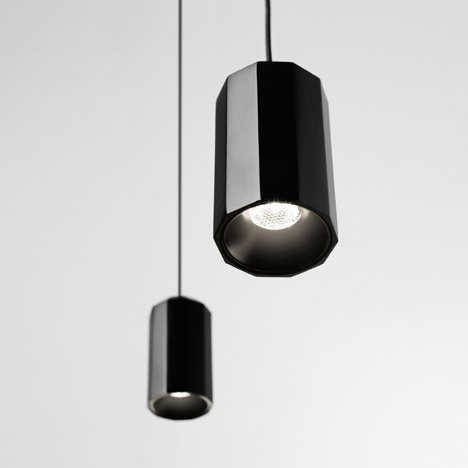
"I'm not designing a lamp, I'm first designing the light and then it becomes an object," he added.
The lights are suspended from thin wires, as linear arrangements and clustered to form elaborate 3D shapes for chandeliers.
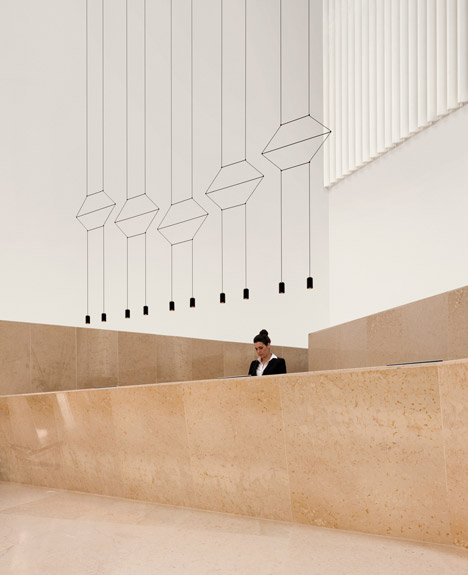
"It's a collection using wires that travels in space from horizontal and vertical, light sculptures that interact with the space itself and gets to be something else than what we think it is," he said. "It's an eco-friendly system."
Levy said that the light emitted by LEDs made over the last five years tended to distort the colour of the objects they were being used to illuminate, which is why he has avoided using them until now.
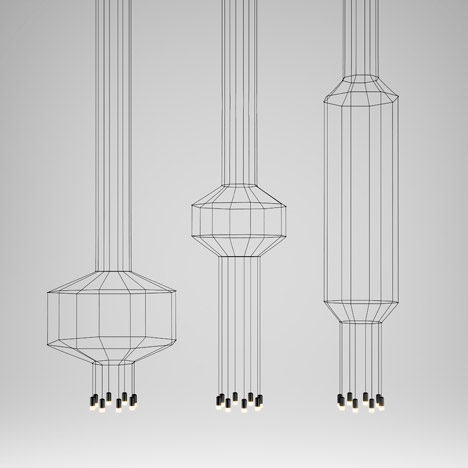
"It's not necessarily something that we see with our eyes but it influences everything you see around," he said. "Food doesn't look the same. Clothing doesn't look the same. Make-up doesn't look the same. This is something I'm very preoccupied with."
Levy added that even with the latest improvements to LED technology, designers still and to be cautious about using them and combine them with the right fixtures and shades to optimise the quality of the light.
Here's an edited transcript from our interview with Arik Levy:
Marcus Fairs: Tell us about the products you've presented at Clerkenwell this year.
Arik Levy: It's the first time I'm presenting at Clerkenwell Design Week presenting Vibia Wireflow, it's a full collection which was presented in Milan first. It's a collection using wires that travels in space from horizontal and vertical, light sculptures that interact with the space itself and gets to be something else than what we think it is. It's an eco-friendly system.
Marcus Fairs: Tell us about the light source and how it's eco-friendly.
Arik Levy: The way we conceived this collection, it started as a light sculpture but this was a completely different objective and I met with Vibia and we decided to develop that. I first wanted to work on the light quality. The light source is a three-watt LED which is designed with a driver to be on a dimmer, which is very controlled. So you can dim it all the way down to a candle or to a light star installation in your space or a very powerful light that you can read or write underneath.
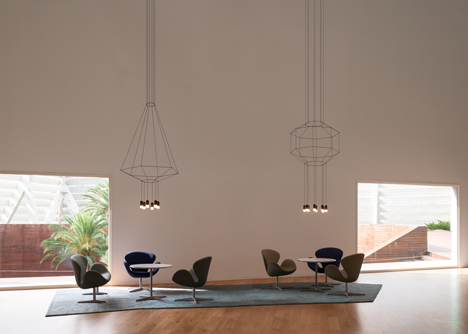
Glass has the best diffusing quality that we can imagine. So we used that and created a little glass diffuser inside and a pressed glass around it so we have both the form and the quality. It creates no shadows, it has no patterns and it's just pure light in its best form. Then we developed these fine electric lines that are going vertically and horizontally – we have a frame that permits us to create different forms in space, different patterns and lengths, and people can adapt it themselves.
Marcus Fairs: Can you tell us about your thoughts on light?
Arik Levy: I've refused a lot of LED lighting and I still do. It's only starting to be the right light quality that we want. The colour temperature is a very important issue. The colour of the light itself, the tint that it gives as a shadow. All these things have been not too good in the past five years – it's yellow or it's blue or violet. It's not necessarily something that we see with our eyes but it influences everything you see around. Food doesn't look the same. Clothing doesn't look the same. Make-up doesn't look the same. This is something I'm very preoccupied with. I'm not designing a lamp, I'm first designing the light, and then it becomes an object. Then both of them together. The object whether it's lit or not and the light should be of quality that we desire and want to live with.
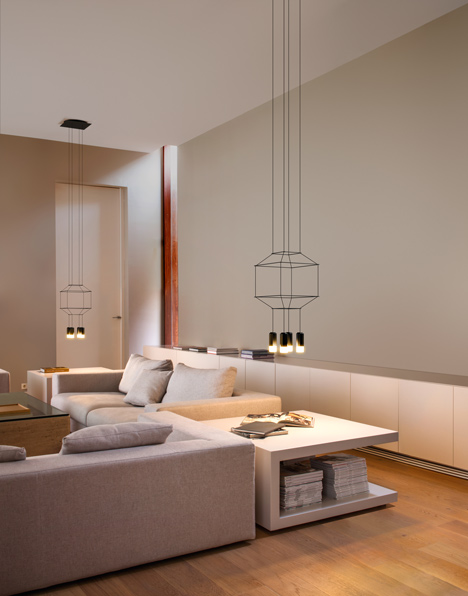
Marcus Fairs: So you're saying that the LED has finally reached a stage where you as a designer want to work with?
Arik Levy: Yes, what I'm saying about the technology that's attached to the LED. It's not only the LED itself, it's also the driver, together with what the light fixture is and its diffuser, that creates an element that permits the LED to be at the quality we expect it to be and start living with it instead of just saying hi. It's cost efficient because it can live for 10,000 hours, in this case it's 50,000 hours which is probably about 5 times the lifetime of a person, with the light on 24 hours a day. So for that reason, you want to do timeless products.
Additional reporting by Dan Howarth.